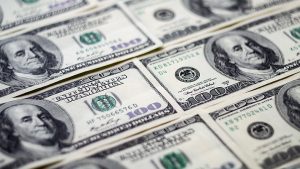
Tax evasion strategies in international trade have cost the U.S. government more than $3.1 trillion in taxable income, reveals updated research from Florida International University College of Business professor John Zdanowicz.
A fraud expert, Zdanowicz conducted an in-depth computer analysis of U.S. customs data from 2003 to 2017. In the most current study, figures from 2015, 2016 and 2017 were added to the original research. He found that through false invoicing, U.S. companies inflate import prices and export them at considerably lower prices, thereby increasing tax savings and moving dollars offshore.
“Moving money is virtually undetectable in international trade,” said Zdanowicz, a finance professor. “Manipulating their international trade prices allows them [companies] to remain in the U.S. but move their taxable income off-shore.”
China tops the list of countries receiving taxable U.S. dollars in 2017, followed by Mexico and Canada. Some of the cases identified are:
- Unworked diamonds imported from South Africa for $452,380.95 per carat
- Camshafts import from Mexico for $7,707.53 each
- Armored fighting vehicles imported from Canada at $759,143.00 each
- Laser printers imported from Japan for $57,531.50 each
- Prepared explosives exported to Mexico for $.50 per kilogram
- Human blood plasma exported to the United Kingdom for $1.00 per kilogram
- Armored fighting vehicles exported to Afghanistan for $7,080.22 each
Zdanowicz found that dollars moved offshore through false invoicing in international trade grew from $168.31 billion in 2003 to $249.07 billion in 2017, a 48 percent increase.
He anticipates the U.S. will see profits increase under the new tax law, because repatriated income will be taxed at 15.5 percent for cash and cash equivalents and at 8 percent of income from illiquid assets.
The FIU researcher began analyzing U.S. trade figures in 1991. He has published single-year studies of customs record during the 1990s and 2000s.





